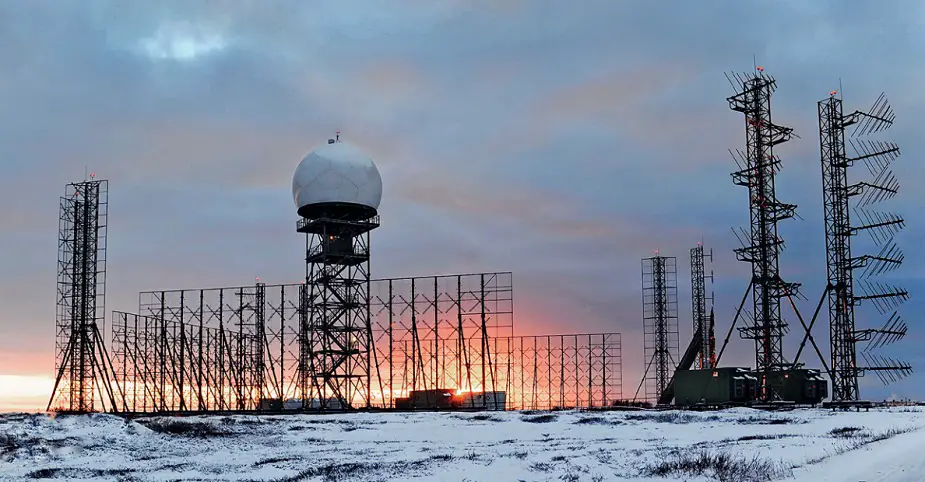A third Rezonans-N radar capable of spotting stealth targets, cruise, ballistic and hypersonic missiles will assume combat duty on Russia’s Novaya Zemlya Arctic Archipelago in November 2019, Rezonans Research Center CEO Ivan Nazarenko told TASS on October 24.
 The radar is capable of detecting and providing target acquisition on aerodynamic targets at a distance of 600 km and at a range of 1,200 km on ballistic targets, at an altitude of up to 100 km (Picture source: Rosoboronexport)
The radar is capable of detecting and providing target acquisition on aerodynamic targets at a distance of 600 km and at a range of 1,200 km on ballistic targets, at an altitude of up to 100 km (Picture source: Rosoboronexport)
"The third Rezonans-N radar in the Arctic has been deployed on Novaya Zemlya. The radar will go on combat duty in November this year," the chief executive said.
The radar has been switched on and tuned in and is ready for its combat employment. An inter-agency state commission is currently carrying out work for the radar’s acceptance and delivery for its operation in the Northern Fleet’s air defense forces, he added.
By now, the Russian troops have received four Rezonans-N radar stations and the fifth is at the final stage of its manufacture. Two radars are already on combat duty, he said.
"The task of all the radars is to protect the northern direction in the Arctic," he stressed.
"The radar’s meter-wave length allows detecting aircraft based on stealth technology and hypersonic targets flying at a speed of up to Mach 20 because its operation generates the resonance increase of aircraft’s effective reflecting surface," the chief executive said.
The radar is capable of detecting and providing target acquisition on aerodynamic targets at a distance of 600 km and at a range of 1,200 km on ballistic targets, at an altitude of up to 100 km. The first Rezonans-N radar went on combat duty in Russia five years ago.
© Copyright 2019 TASS. All rights reserved. This material may not be published, broadcast, rewritten or redistributed.
















